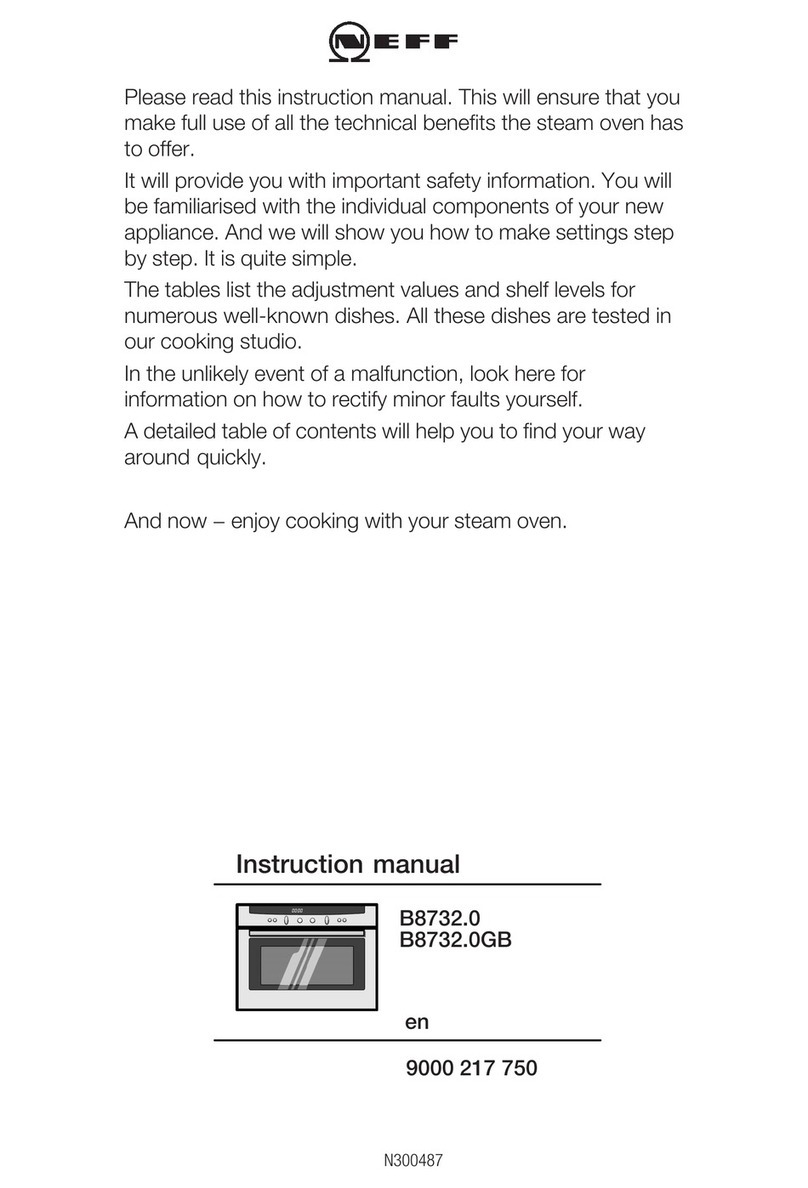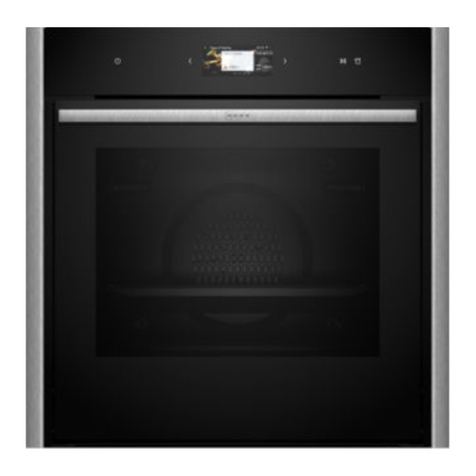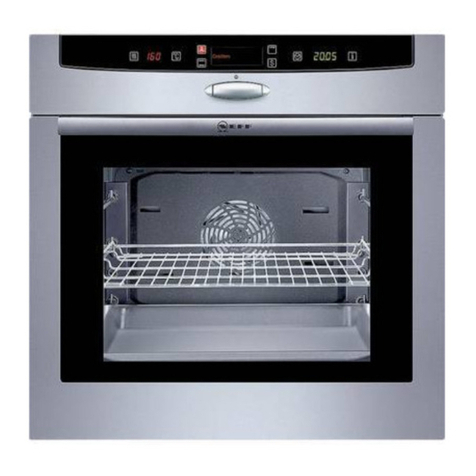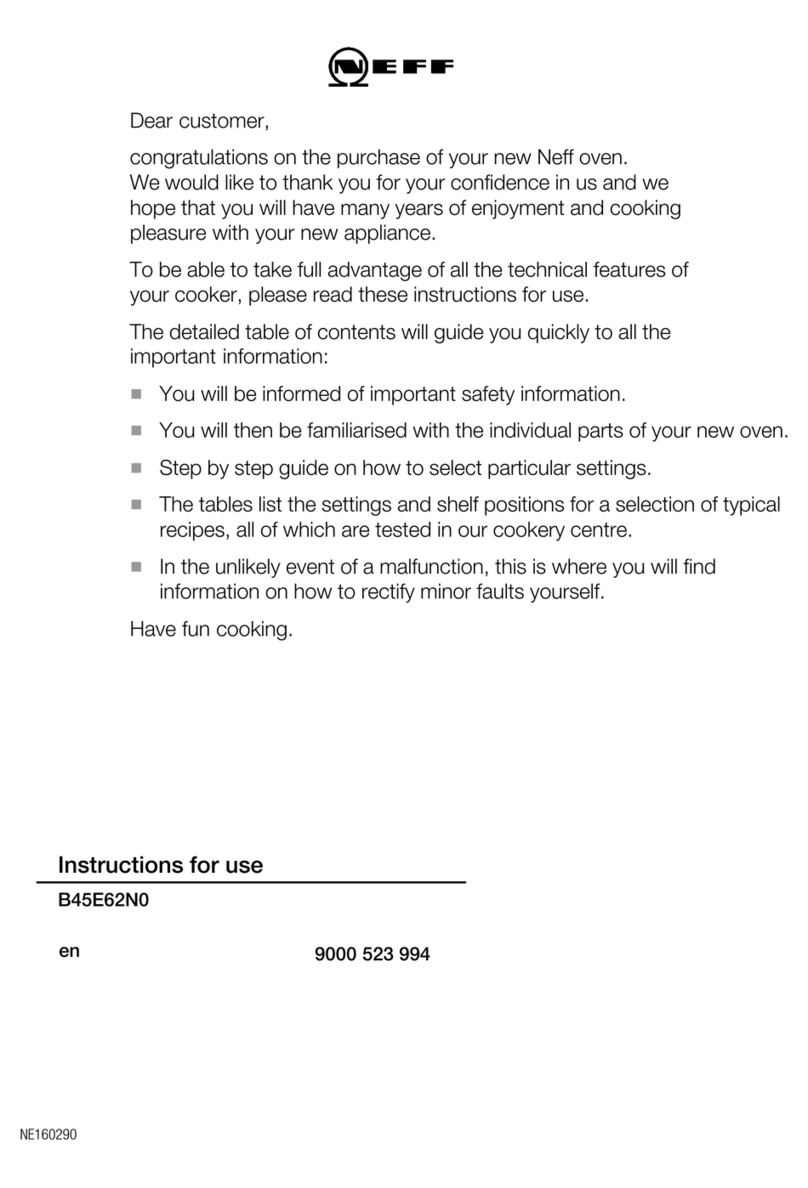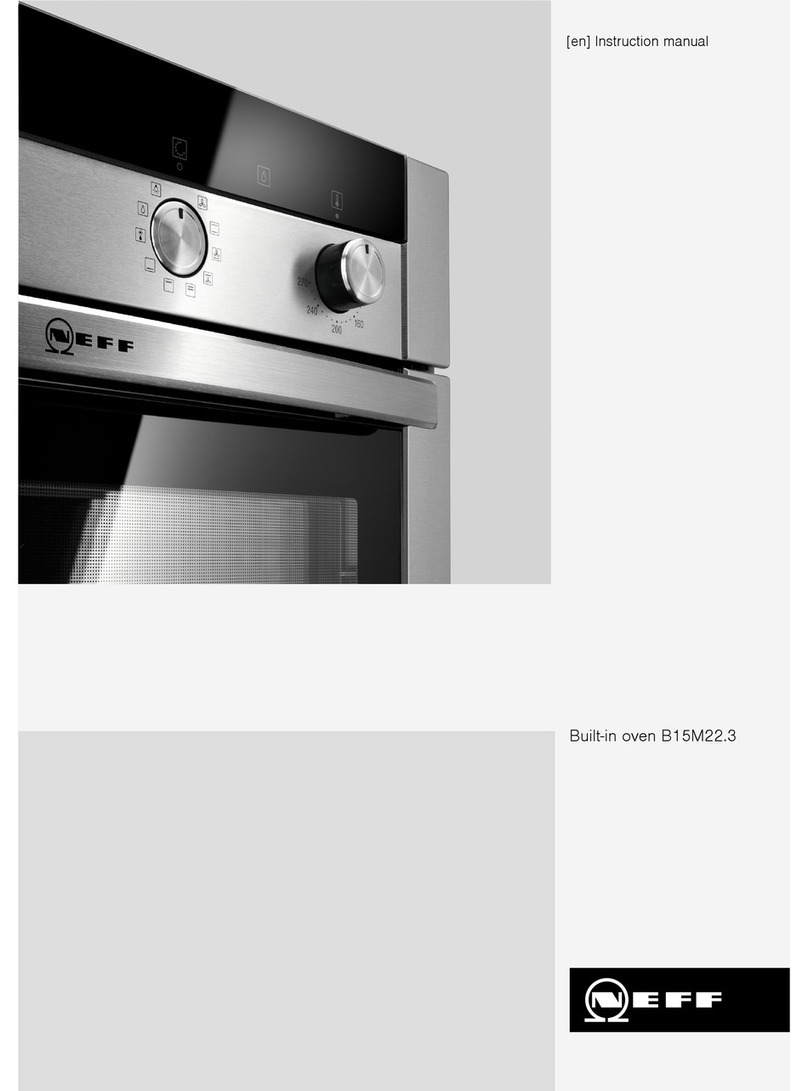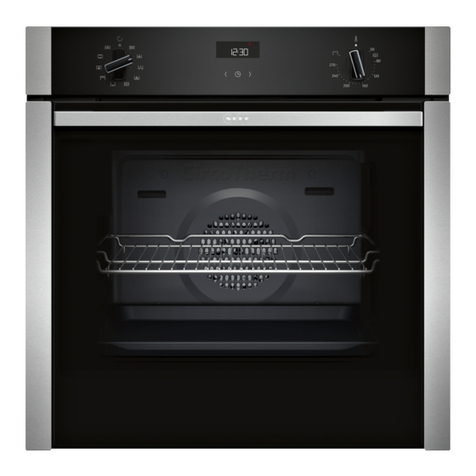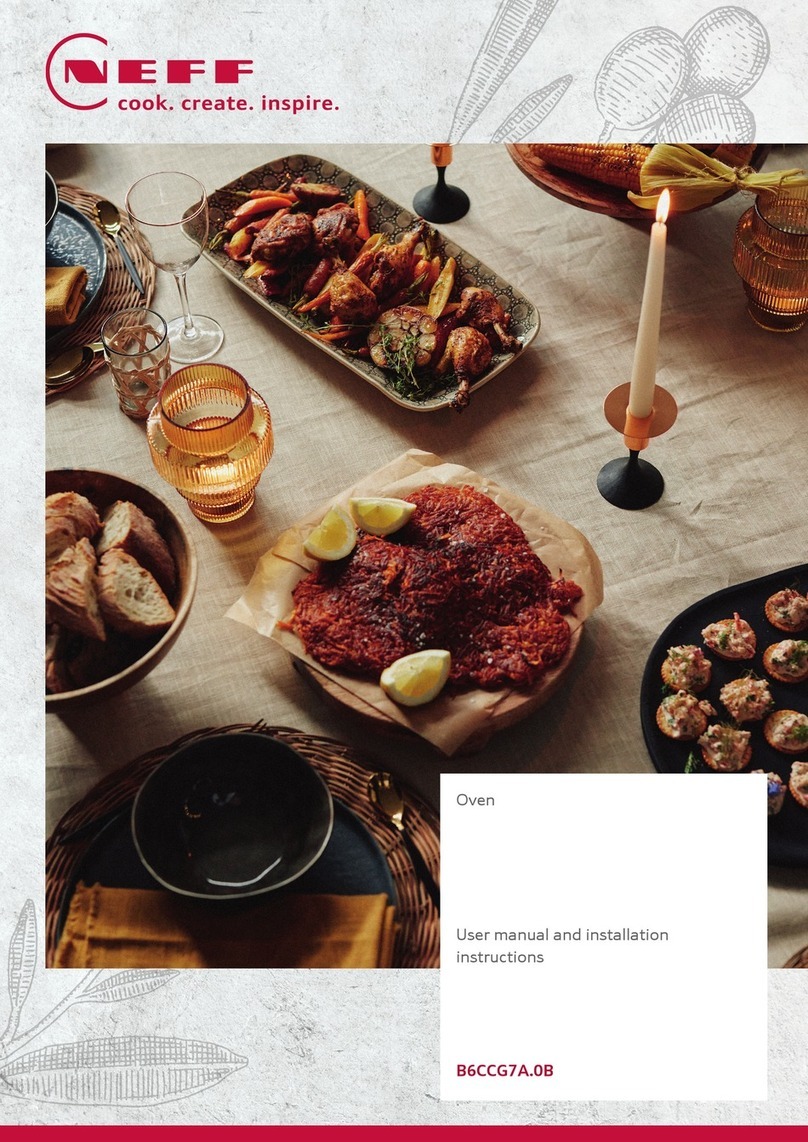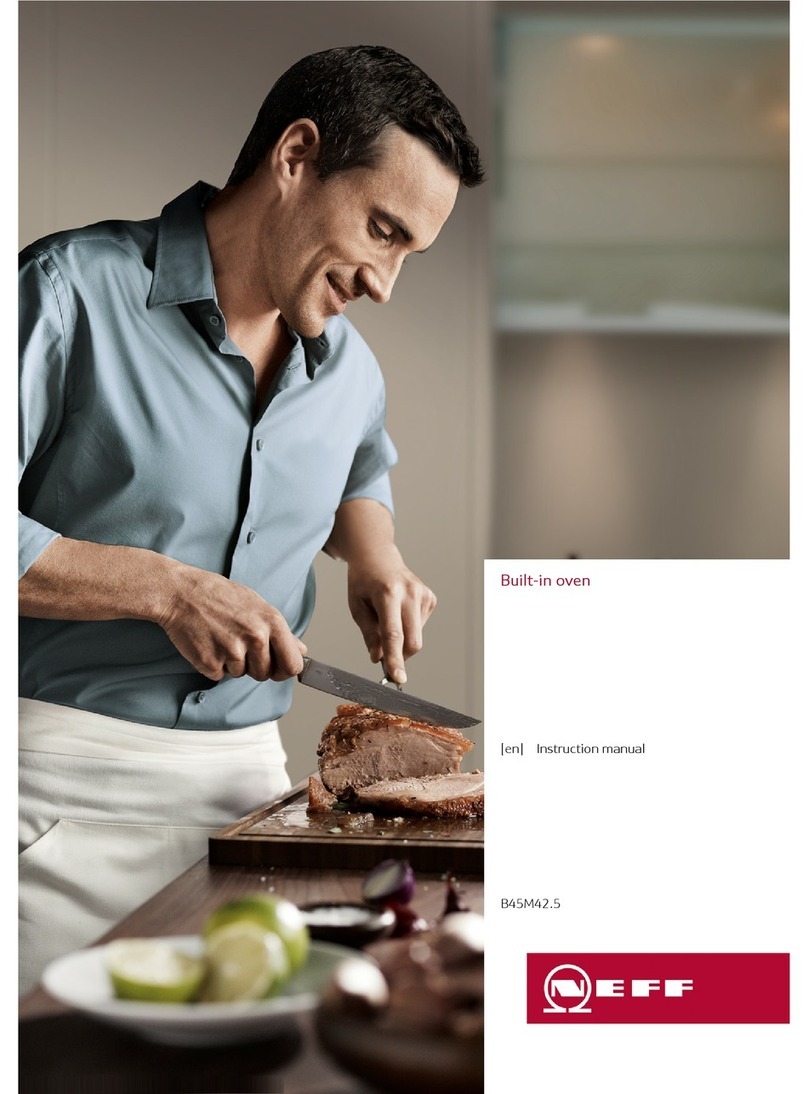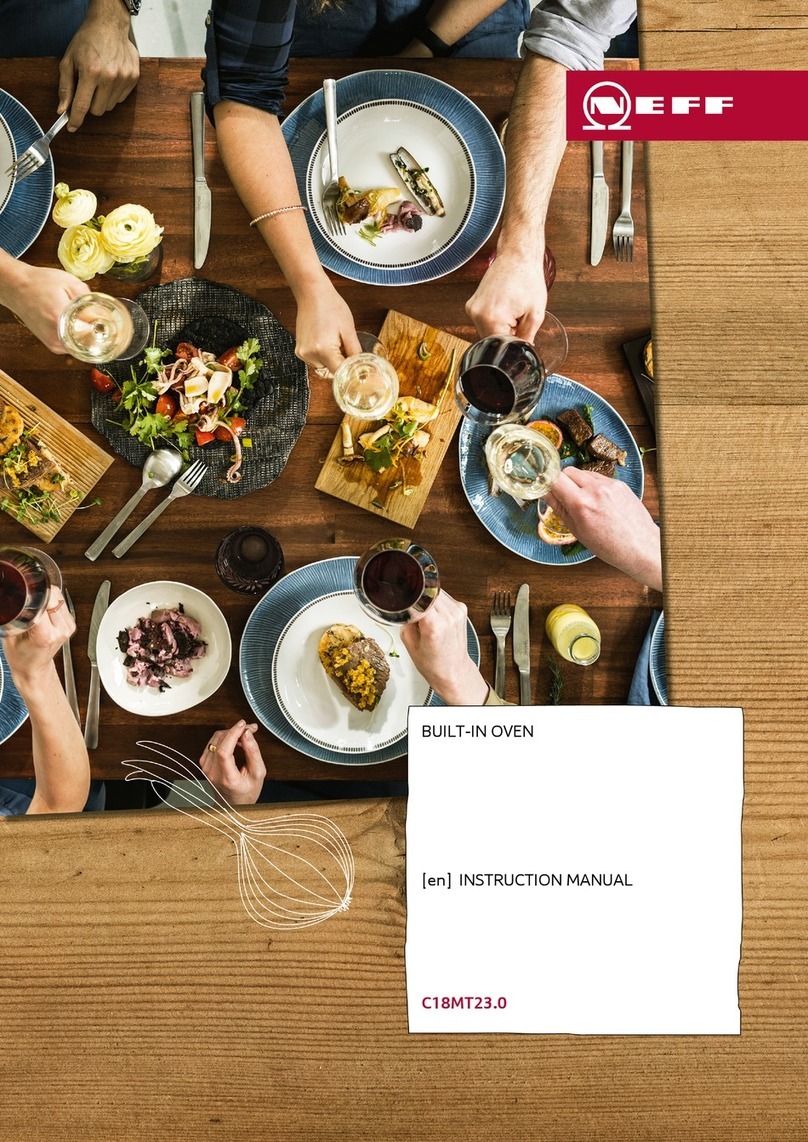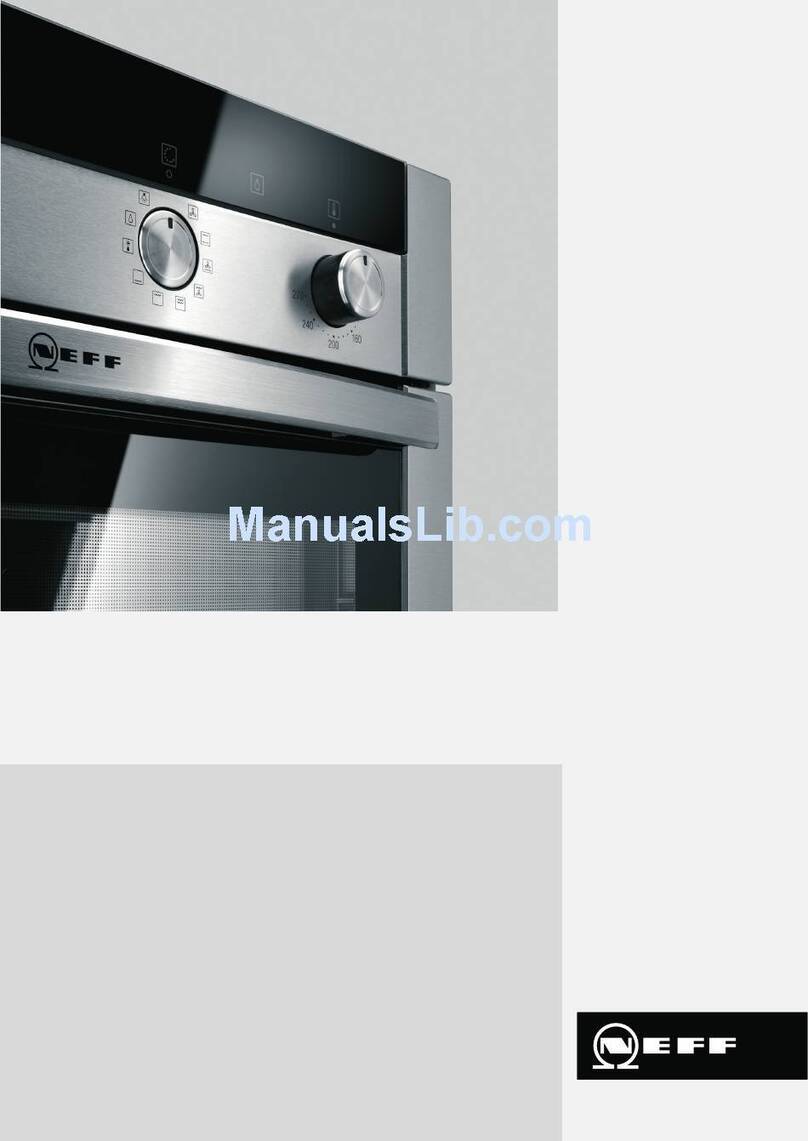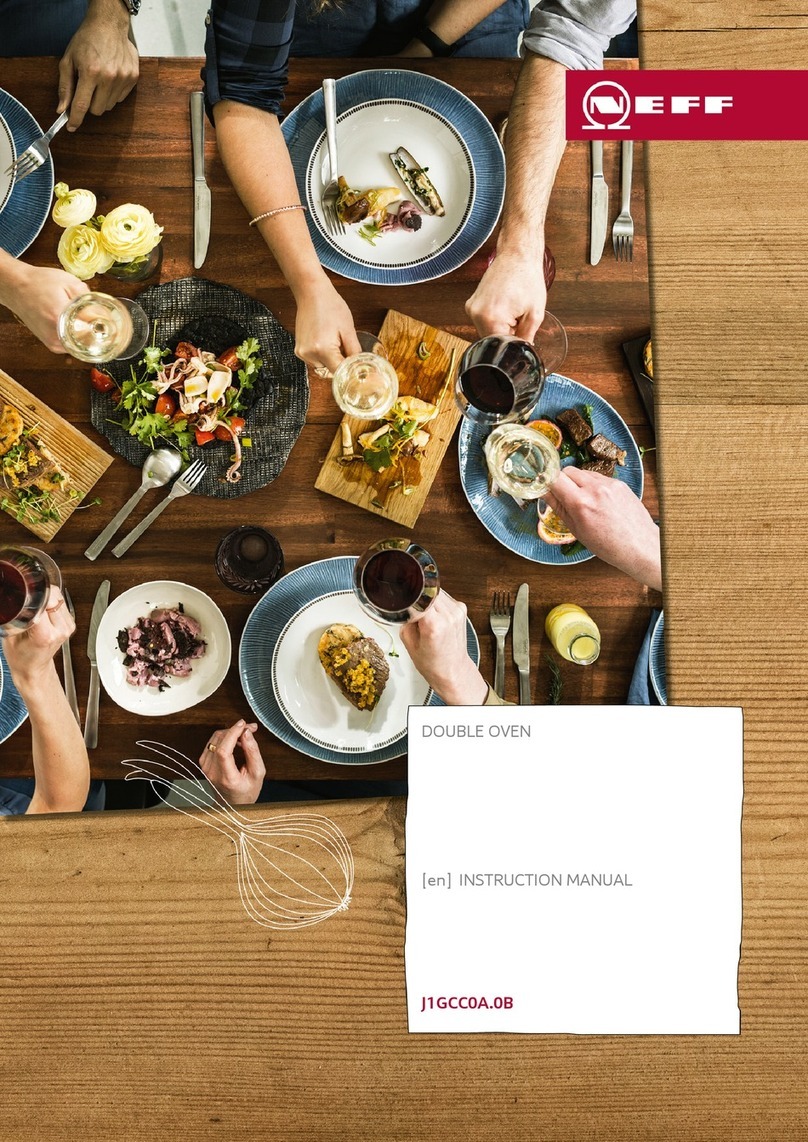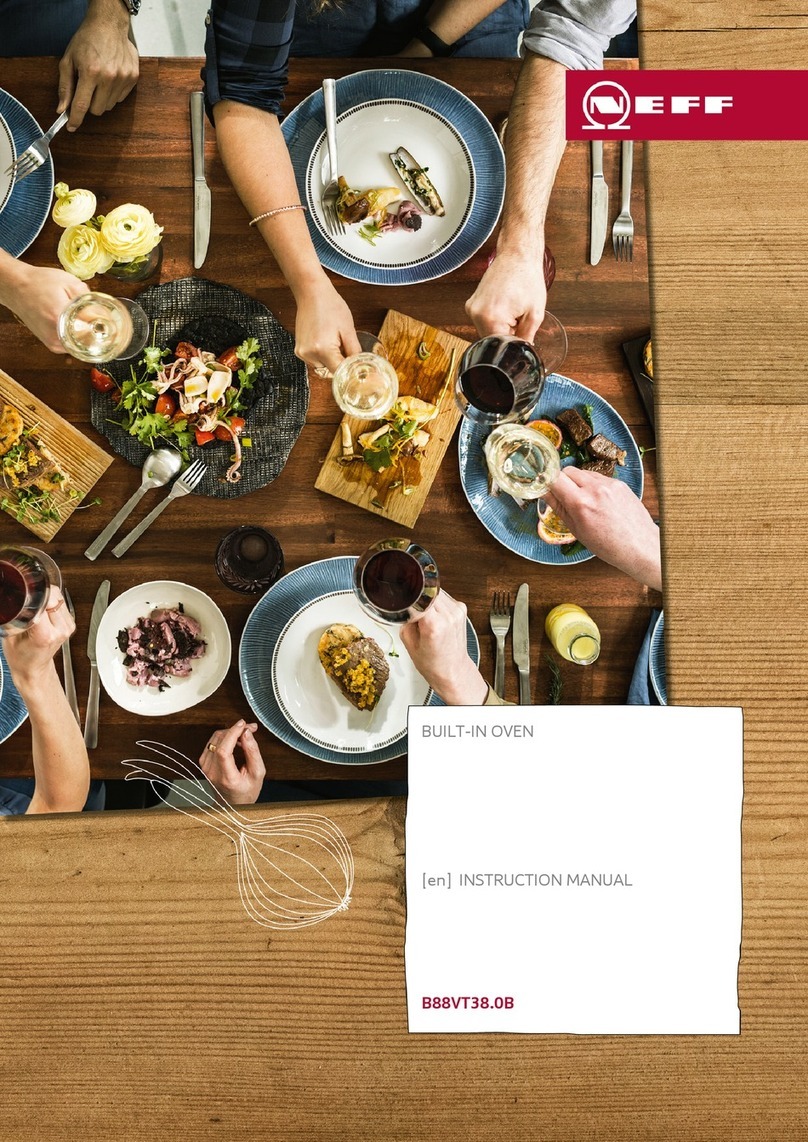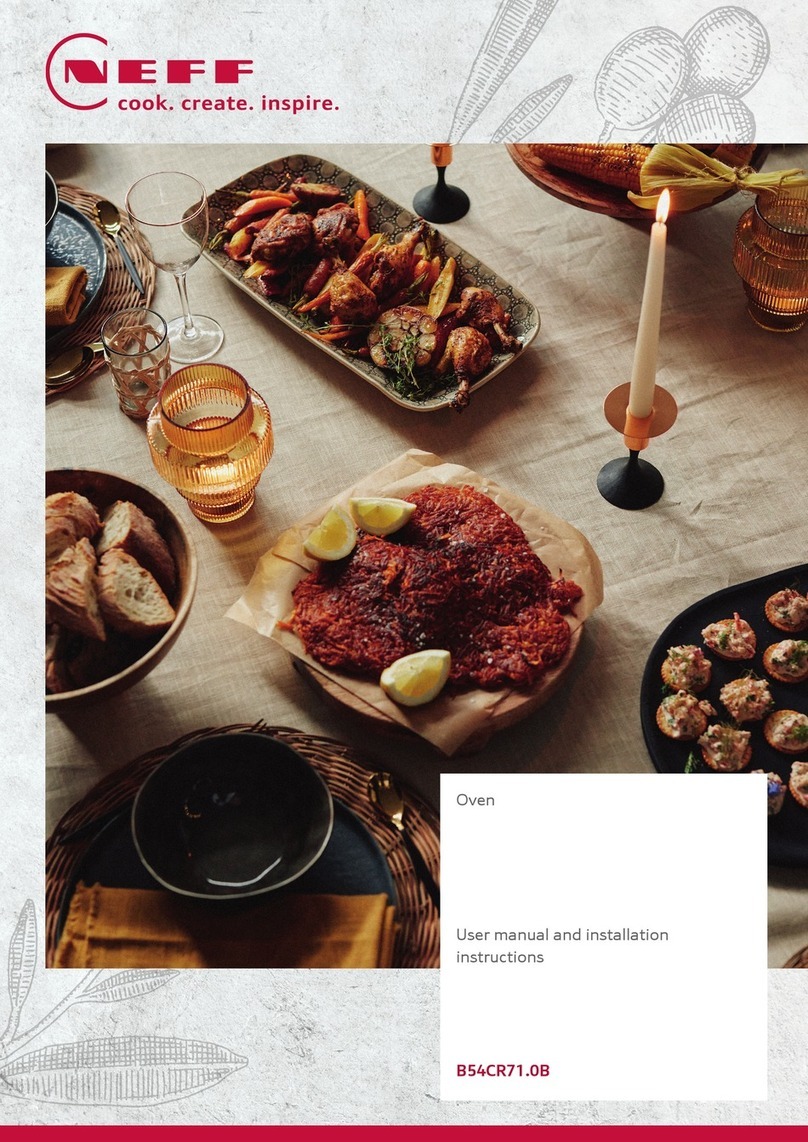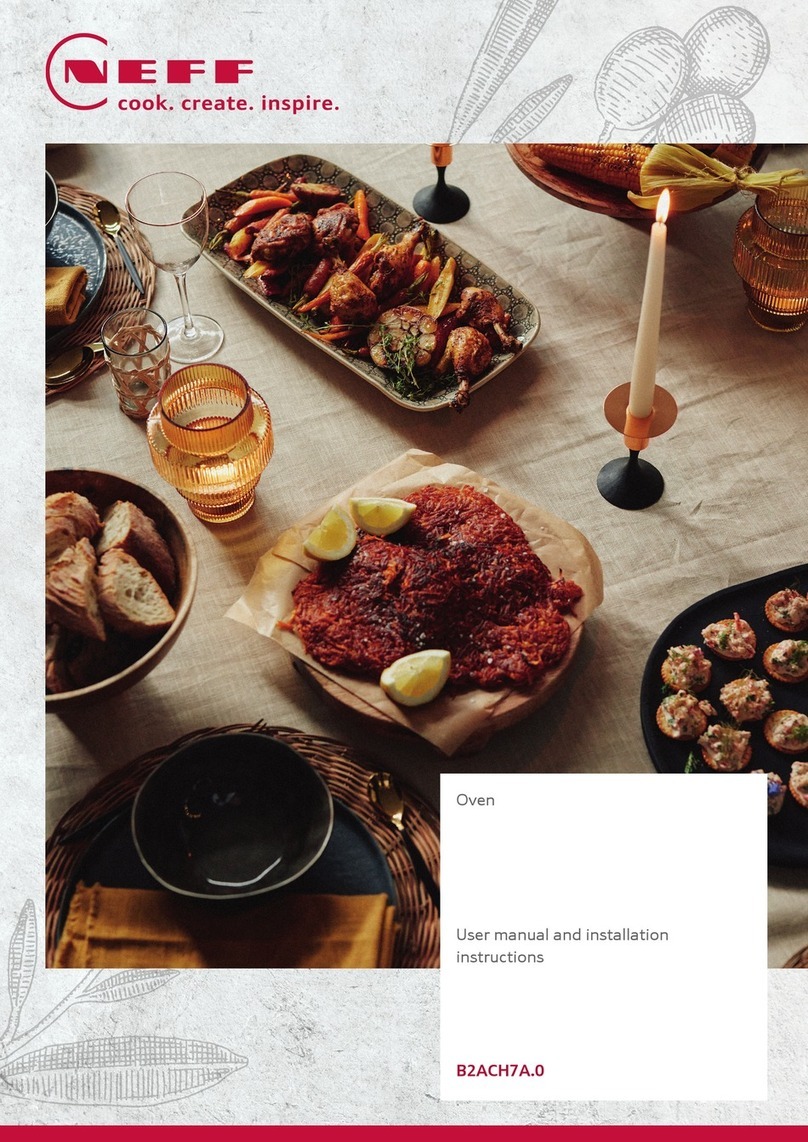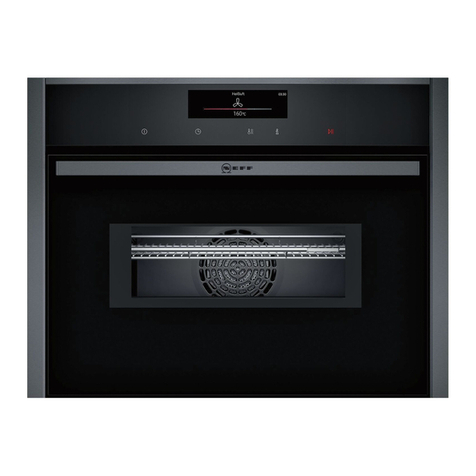
3
ÚTable of contents
[en]Instructionmanual
Safety precautions .....................................................................3
Before installation ...............................................................................3
Safety notes .........................................................................................4
Causes of damage .............................................................................4
Energy and environment tips.................................................... 4
Saving energy......................................................................................4
Environmentally-friendly disposal.....................................................4
Your new appliance....................................................................5
Control panel .......................................................................................5
Operating modes ................................................................................5
Shelf positions .....................................................................................6
Accessories .........................................................................................6
Before using the appliance for the first time ...........................6
Setting the clock .................................................................................6
Cleaning the appliance......................................................................7
Operating the appliance ............................................................7
Switching on the appliance...............................................................7
Switching off the appliance...............................................................7
Changing the basic settings .............................................................7
Automatic safety cut-out ....................................................................8
Electronic clock.......................................................................... 8
Clock display .......................................................................................8
Timer .....................................................................................................9
Cooking time .......................................................................................9
End of operation .................................................................................9
Preset operation..................................................................................9
Setting the clock .............................................................................. 10
Rapid heat up ................................................................................... 10
Checking, correcting or deleting settings ................................... 10
Childproof lock ......................................................................... 10
Lock.................................................................................................... 10
Permanent lock ................................................................................ 10
Baking ....................................................................................... 11
Baking in tins and on trays ............................................................ 11
Baking on two or more levels ....................................................... 11
Baking table for basic doughs/cake mixtures........................... 11
Bread-baking .................................................................................... 12
Baking table for fresh meals and frozen
convenience products..................................................................... 13
Tips and tricks .................................................................................. 14
Roasting.................................................................................... 14
Open roasting................................................................................... 14
Roasting with a lid ........................................................................... 15
Roasting table .................................................................................. 15
Tips and tricks.................................................................................. 16
Grilling....................................................................................... 16
Circo-roasting ................................................................................... 16
Radiant grilling ................................................................................. 17
Steam cooking.......................................................................... 18
Dough proving.......................................................................... 18
Yeast dough ..................................................................................... 18
Yoghurt .............................................................................................. 19
Low-temperature cooking ....................................................... 19
Using Low-temperature cooking................................................... 19
Table for Low-temperature cooking ............................................. 19
Tips and tricks.................................................................................. 20
Defrosting ................................................................................. 20
Defrosting with CircoTherm®........................................................ 20
Defrost ............................................................................................... 20
Preserve .................................................................................... 20
Cleaning and care .................................................................... 21
Cleaning the appliance exterior .................................................... 21
Cleaning the cooking compartment............................................. 22
Self-cleaning surfaces..................................................................... 22
Oven cleaning .................................................................................. 22
Removing and fitting the appliance door.................................... 23
Cleaning the door panels............................................................... 24
Cleaning the hook-in racks............................................................ 24
Faults and repairs .................................................................... 25
Replacing the oven light bulb ....................................................... 26
Changing the door seal.................................................................. 26
After-sales service ................................................................... 26
E number and FD number ............................................................. 26
Test dishes................................................................................ 27
Produktinfo
Additional information on products, accessories, replacement
parts and services can be found at www.neff-
international.com and in the online shop www.neff-
eshop.com
ã=Safety precautions
Please read this instruction manual
carefully. Please keep the
instruction and installation manuals
in a safe place. Please pass on
these manuals to the new owner if
you sell the appliance.
Before installation
Damage during transport
Check the appliance for damage after unpacking it. Do not
connect the appliance if it has been damaged in transit.
Electrical connection
Only a licensed expert may connect the appliance. You will lose
your warranty entitlement in the event of any damage caused
by incorrect connection.




